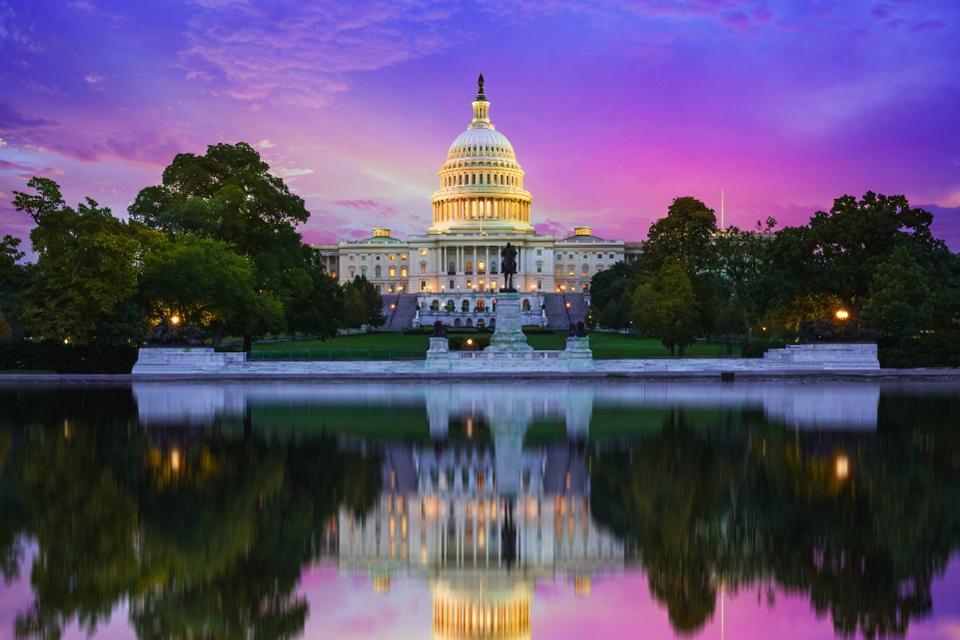The Good, The Bad and The Blind Spot of Corporate Sustainability Rankings
Austin Reagan & Victoria Mills

Originally posted on EDF+Business
No matter the industry, business stakeholders care about lists – who’s on them and who’s on top. Consider this small sampling: Fast Company’s “50 Most Innovative Companies” list, Fortune’s “Change the World” list, Forbes’ “The World’s Most Reputable Companies” list, or Glassdoor’s “Best Places to Work.”
Companies spend countless hours every year applying to appear on these lists, vying for the top spot and the ability to market that recognition to customers, investors, and employees. Just think, how many email signatures have you seen that end with “voted the best/most [fill in the blank] company for three years in a row”?
There are myriad psychological reasons why lists are so effective, popular and valuable. In the sustainability field, numerous rankings have emerged to help stakeholders assess corporate environmental performance and identify leaders from among the hundreds that have made environmental commitments.
Beyond bragging rights, sustainability rankings can also provide an essential service to companies by helping them define internal performance measures, attract top talent and link executive compensation to corporate sustainability.
Unfortunately, there’s a significant problem with these sustainability lists.
As a new report reveals, the vast majority don’t factor in corporate public policy advocacy – which is an essential element of sustainability leadership.
The urgency and magnitude of the climate challenge demands a much bigger response than cutting greenhouse gas emissions within a company’s facilities or even its entire supply chain. Only public policy can deliver the pace and scale of reductions necessary to avoid the worst impacts of climate change, which is expected to cost the U.S. economy between $280-520+ billion annually by the end of the century.
By leaving out corporate lobbying activities, top-tier rankings provide stakeholders an incomplete picture of a company’s sustainability ambitions and performance. And because they neither recognize support for nor penalize opposition to climate policy, they don’t actually measure leadership.
As the co-founder and executive director of InfluenceMap notes, “Judging companies solely based on operational and product emissions is insufficient.” Or as the Harvard Business Review has noted, “Green ratings ought to include political transparency scores to get a fuller picture of corporate greenness.”
Why, then, does only one of the top corporate sustainability rankings recognize businesses for lobbying for pro-climate policies?
The short answer is a lack of transparency around lobbying activities, whether related to climate change or anything else.
Fortunately, this is starting to change. As shareholder resolutions demanding transparency on corporate lobbying activities continue to grow in number, so, too, will the opportunity for business leaders to show leadership by making sure their political activities match their sustainability rhetoric.
In the meantime, ranking entities could improve transparency by recognizing or even requiring disclosure of corporate engagement in climate policy. This would enable ranking entities to give their audiences ‒ consumers, investors, employees and companies themselves ‒ a more complete picture of a company’s sustainability performance.
This is of course easier said than done, and many questions remain, such as how to evaluate and score lobbying activities consistently across rankings. The new report, The Blind Spot in Corporate Sustainability Rankings: Climate Policy Leadership, recommends that as a starting point, rankings entities ask companies questions drawn from the U.N. Global Compact Guide for Responsible Corporate Engagement in Climate Policy. The important thing is to begin collecting this information in some form.
The most powerful tool companies have to fight climate change is their political influence. Only when sustainability rankings reflect how companies are using that influence can they truly show what leadership in sustainability looks like. And that’s a list worth striving to be on.

